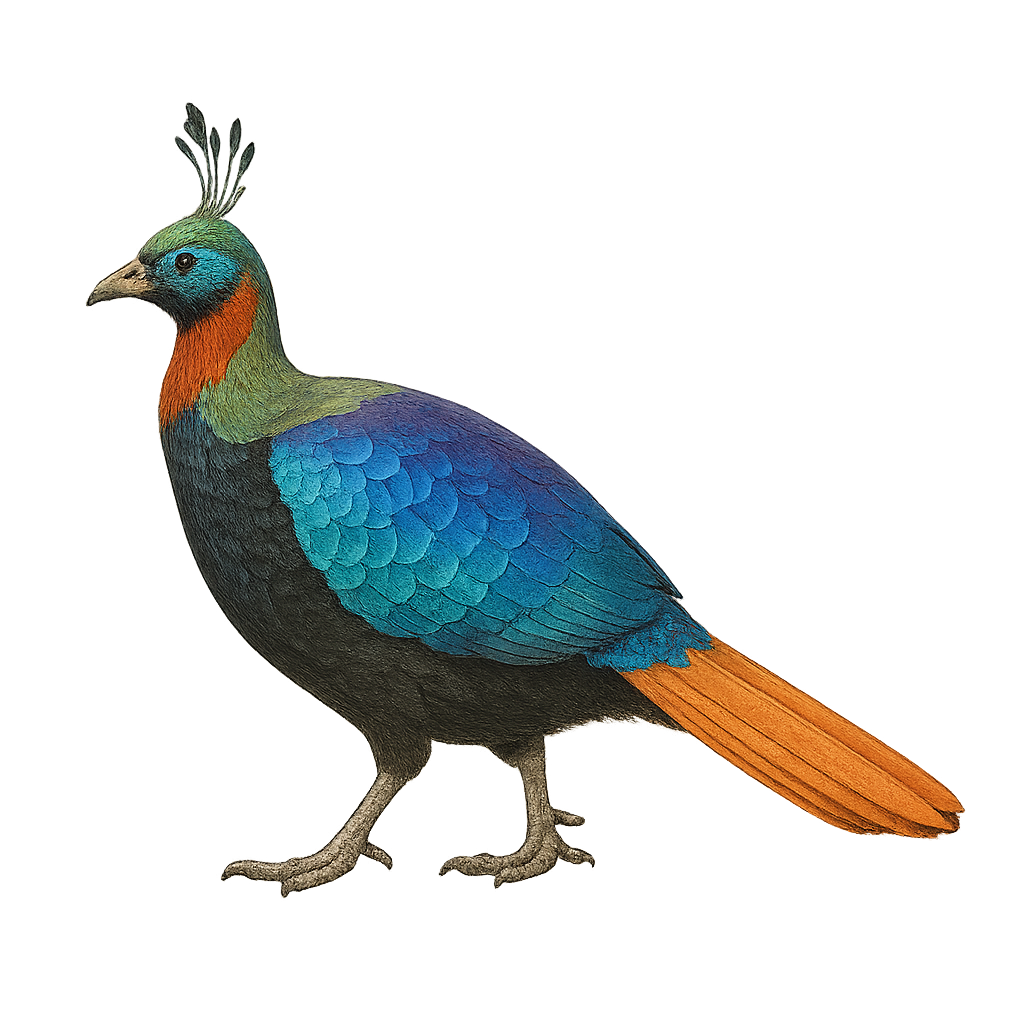Your wildlife photography guide.
Explore the himalayan monal in detail, study its behavior, prepare your shots.
Where to observe and photograph the himalayan monal in the wild
Learn where and when to spot the himalayan monal in the wild, how to identify the species based on distinctive features, and what natural environments it inhabits. The WildlifePhotographer app offers tailored photography tips that reflect the himalayan monal’s behavior, helping you capture better wildlife images. Explore the full species profile for key information including description, habitat, active periods, and approach techniques.
Himalayan Monal
Scientific name: Lophophorus impejanus

IUCN Status: Least Concern
Family: PHASIANIDAE
Group: Birds
Sensitivity to human approach: Suspicious
Minimum approach distance: 10 m
Courtship display: April to June
Incubation: 27-29 jours
Hatchings: May to July
Habitat:
Coniferous forests, alpine meadows
Activity period :
Primarily active during the day, with peak activity in the morning and late afternoon.
Identification and description:
The Himalayan Monal, or Lophophorus impejanus, is a striking bird native to the mountainous regions of the Himalayas. Known for its iridescent plumage, the male displays a dazzling array of metallic blues, greens, and purples, while the female is more subdued with mottled brown feathers for camouflage. These birds inhabit coniferous forests and alpine meadows, feeding on roots, tubers, and insects. Although capable of flight, they prefer to walk or run on the ground. Their call is a sharp, resonant cry that echoes through the mountain valleys.
Recommended lens:
400 mm – adjust based on distance, desired framing (portrait or habitat), and approach conditions.
Photography tips:
To photograph the Himalayan Monal, it's advisable to use a telephoto lens of at least 400mm to capture the details of its iridescent plumage without disturbing it. The best opportunities arise early in the morning or late afternoon when natural light enhances its vivid colors. Be patient and discreet, approaching slowly to avoid startling it. A tripod can be helpful to stabilize your camera, especially if using slower shutter speeds in low-light conditions.
The WildlifePhotographer App is coming soon!
Be the first to explore the best nature spots, track rutting seasons, log your observations, and observe more wildlife.
Already 1 432 wildlife lovers subscribed worldwide

